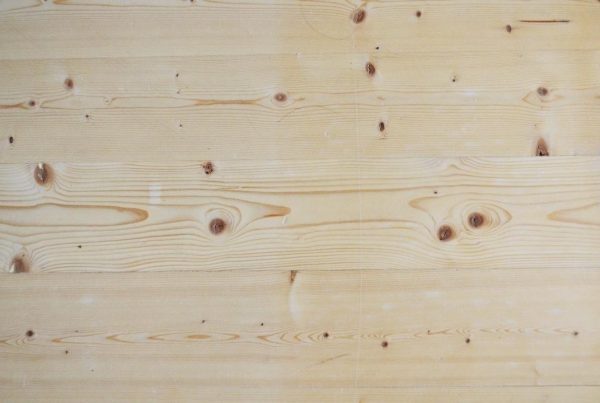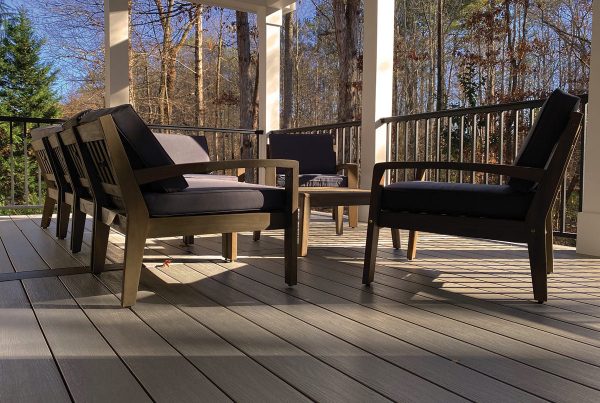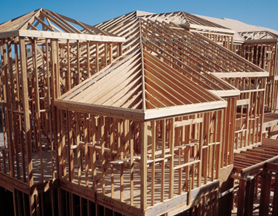When it comes to commodity lumber, understanding the different grades available is essential for selecting the right type of lumber for your construction project. Commodity lumber is graded based on its structural properties, appearance, and potential defects. In this blog post, we will explore the different grades of commodity lumber and their applications.

- Select Structural (SS): Select Structural grade is the highest grade of commodity lumber and is commonly used in applications where strength is paramount. This grade is ideal for load-bearing structures, such as beams, posts, and joists. Select Structural lumber is carefully graded to ensure minimal defects, making it a reliable choice for projects that require exceptional strength and durability.
- #1 and #2: #1 and #2 grades of commodity lumber are widely used in construction projects. They offer good strength and are suitable for various applications, including framing, decking, and general construction. These grades may have some knots and other minor defects, but they still provide reliable structural support. #1 grade lumber tends to have fewer defects and a more uniform appearance than #2 grade lumber.
- #3 and Utility: #3 and Utility grades are considered lower grades of commodity lumber. They may have more significant defects and are typically used in applications where strength requirements are less demanding. These grades are commonly used for non-structural purposes, such as temporary framing, blocking, and sheathing.
- Appearance Grades: In addition to structural grades, commodity lumber is also available in appearance grades. These grades focus more on the aesthetic qualities of the lumber, making them suitable for projects where the visual appeal is important. Appearance grades, such as Select or Clear grades, offer minimal defects and a more uniform appearance. They are commonly used for applications like furniture, cabinetry, and trim work.
It’s important to note that the availability of different grades may vary depending on the supplier and location. Consulting with one of our knowledgeable lumber professionals at Sherwood can help you determine the most suitable grade for your specific project.
In conclusion, understanding the different grades of commodity lumber is crucial for selecting the right type of lumber for your construction project. Whether you need high-strength lumber for load-bearing structures or appearance-grade lumber for aesthetic purposes, there is a grade of commodity lumber that suits your needs. By choosing the appropriate grade, you can ensure the structural integrity and visual appeal of your project.











